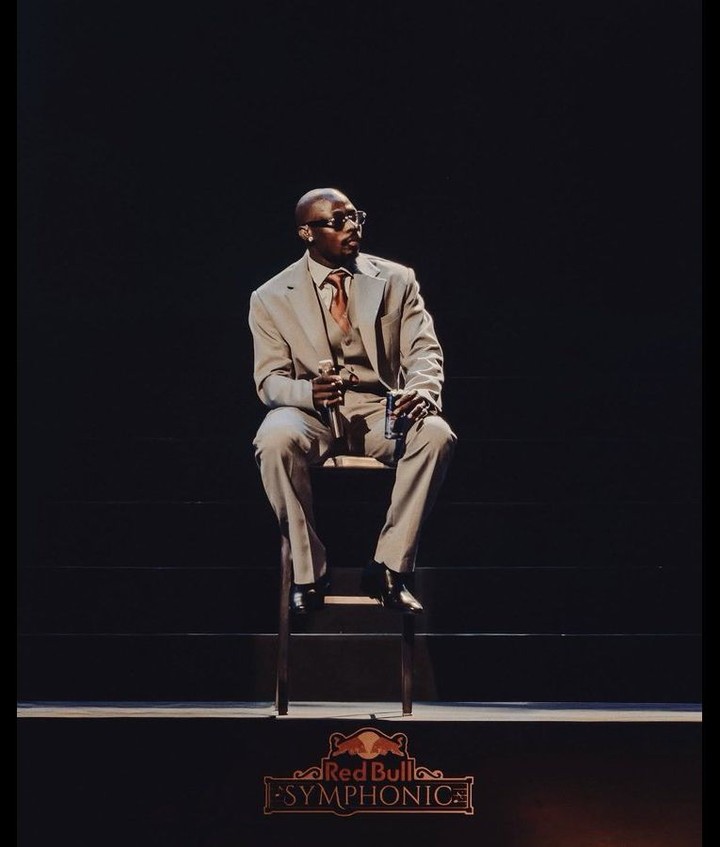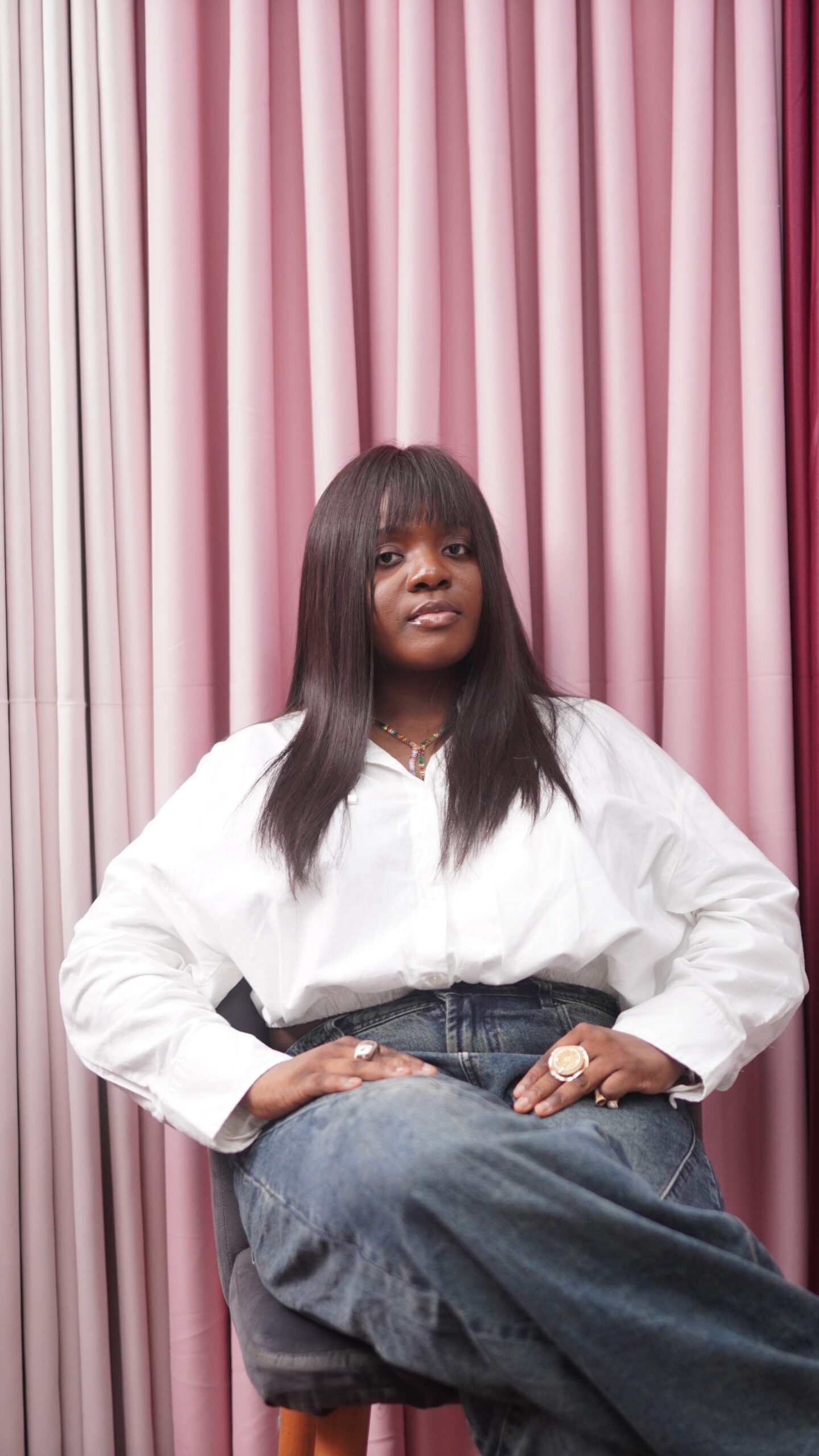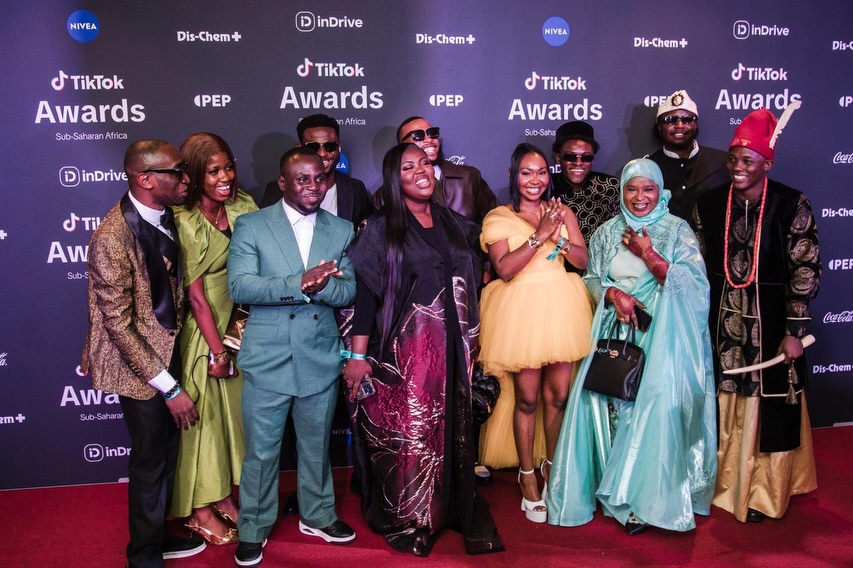Bomi Anifowose
In the noisy marketplace of modern Nigeria, where brands rise and fade at the speed of a trending hashtag, one name continues to cut through with a kind of deliberate calm: Temitope Ruth Jacob. To many, she is The Brand Queen, not by self-proclamation, but by consistent proof that branding is more than clever slogans or glossy campaigns. It is culture, it is memory, it is how people choose to belong. While others chase virality, Temitope builds legacies, sculpting the identities of African businesses with the precision of a cultural architect.
Her world is not confined to the polished veneer of the corporate boardroom. As founder of Elegance Inspired Limited, Temitope has earned her place among Nigeria’s rising brand strategists. But beyond the hustle of consultancy, she lends her expertise to classrooms at 02 Academy in Abuja, where she shapes the next generation of creative professionals. And when she steps away from strategy decks and whiteboards, she takes on another mantle: Community Director at Dream Center Trybe, a space where mentorship and spiritual grounding merge to guide young people across Nigerian universities. For Temitope, branding is not only about businesses, it is about people, their dreams, and the communities that sustain them.
What makes her story compelling is the conviction that runs through it. In an industry often seduced by buzzwords and hollow metrics, Temitope insists on depth, that a brand without story is an empty shell, and that Africa’s voices deserve not only visibility but resonance. Her work challenges the idea that branding in Africa must mimic Western blueprints; instead, she reframes it as a cultural conversation, rooted in local realities yet expansive enough to meet global gaze. If branding is, at its heart, the art of memory, then Temitope Ruth Jacob is quietly ensuring Africa remembers, and is remembered, on its own terms.
In this interview, she opens up about the philosophy behind her work, the challenges of building authentic brands, and why she believes Africa’s future will be written not in borrowed voices but in its own.
In your view, what are the key elements that make up an artist’s brand identity beyond music style and fashion?
A brand identity goes beyond music and fashion. For an artist, it is about authenticity, credibility, and consistency. Authenticity makes the work relatable, credibility earns respect, and consistency builds trust. All of this is tied together by the artist’s story, the journey that gives depth and meaning to their craft. When these elements align, the artist is seen not just as a performer but as a brand people truly connect with.
How can artists maintain a consistent brand while still evolving creatively and adapting to changing trends?
This is always a delicate balance. Consistency comes from staying true to core values and a unique story, while reinvention is about evolving creative expression. The key is to anchor the brand in the artist’s purpose and message, allowing the music, visuals, and style to grow around it. An artist rooted in social justice, for example, can shift from Afrobeats to hip-hop or experiment with fashion while still being recognised for activism. When evolution feels like a natural extension of their story rather than a departure, the artist can reach new audiences without losing the trust of core fans.
How can African artists create branding that feels globally appealing yet authentically rooted in their culture?
The most compelling global brands are specific and authentic. African artists can achieve worldwide appeal not by diluting their identity but by embracing their cultural roots as the core of their brand. By weaving heritage into their visual and musical storytelling, using language, instruments, or imagery from African art and history, they create work that is distinctive and memorable. They can also explore universal themes like love, ambition, or struggle while framing them in an African context, making the work relatable and offering a fresh perspective. Collaborations with artists from other cultures matter too, as long as they are authentic and meaningful. Done well, such partnerships open doors to new audiences without compromising the brand’s essence.
From Terry G’s iconic bell to Burna Boy’s ever-present sunglasses, signature trademarks have long shaped how artists are remembered. How crucial are these personal symbols in building an artist’s brand, and what should guide their choice?”
Signature trademarks are powerful because they act as brand signals, making an artist instantly recognisable and memorable. They work best when they feel authentic to the artist’s personality and story, like Terry G’s bell or Burna Boy’s sunglasses. A trademark should be unique, easy to remember, and used consistently across performances, visuals, and social platforms. Above all, it should carry meaning rather than being a random accessory.
What branding mistakes do you see most often in the era of TikTok, Instagram, and streaming, and how can they be avoided?
The biggest mistake artists make is neglecting a cohesive digital strategy. Too often, their platforms feel disconnected, with Instagram looking different from TikTok and leaving fans confused about who they are. A strong brand should feel consistent across channels, with colours, tone, and visuals adapted but connected. Another mistake is chasing every trend, which dilutes identity. Trends should only be used when they align with the artist’s personality. Above all, authenticity matters most. Audiences quickly spot what feels forced, so an artist’s digital presence must reflect their real voice, values, and personality. That honesty is what builds genuine connection and trust.
Can you share examples of how a strong artist brand has directly led to sponsorships or partnerships?
A strong brand elevates an artist from musician to lifestyle, making them highly attractive to corporate partners. Davido shows this clearly. His collaborations with Martell and Puma were extensions of his brand, from an “Exclusive Blend” cognac and international ambassadorship to a Puma clothing line and New York launch. Both reflected the lifestyle he projects of luxury, confidence, and global influence. Wizkid’s partnerships with Cîroc and Star Lager worked for the same reason. His brand embodies sophistication, coolness, and star power, so these companies were not just buying visibility but aligning with an aspirational lifestyle that resonates widely..
How can branding help sustain an artist’s career during periods when they’re not actively releasing music?
Branding is the glue that holds an artist’s career together, even during quiet periods. It shifts the focus from “what is the artist releasing now?” to “who is the artist?” Artists with strong brands remain relevant by keeping their community engaged through content, merchandise, or personal updates that strengthen the bond beyond music. Breaks also create opportunities to extend the brand through clothing lines, podcasts, or philanthropy, keeping the artist in the public eye. Most importantly, they allow the artist to deepen their narrative by sharing personal growth, creative ventures, or humanitarian work, adding depth to the brand and building anticipation for their return.




